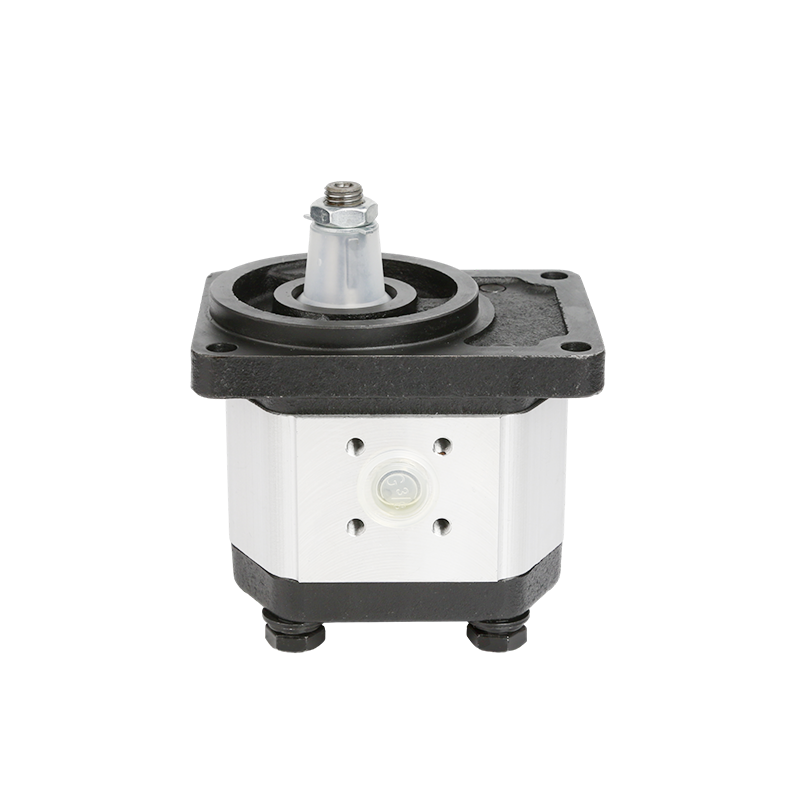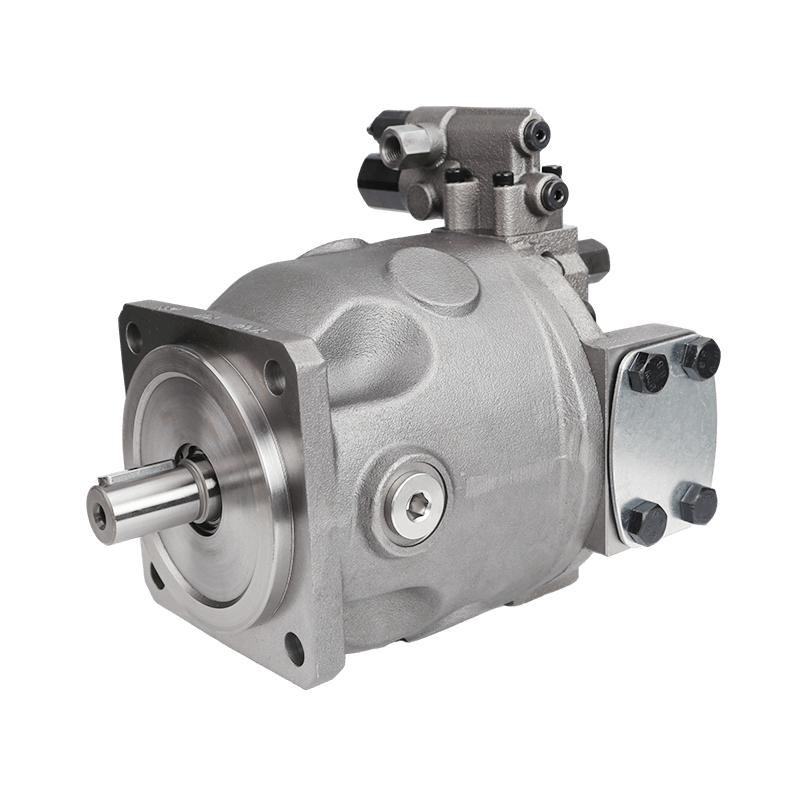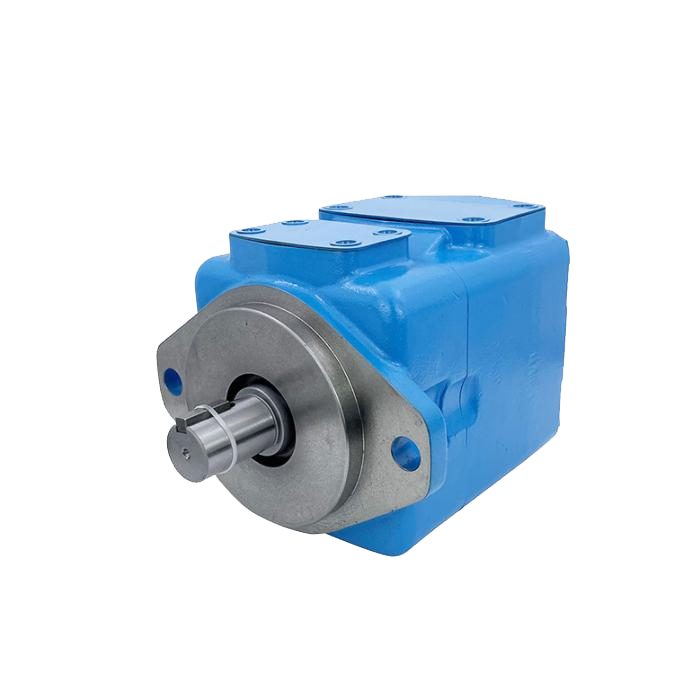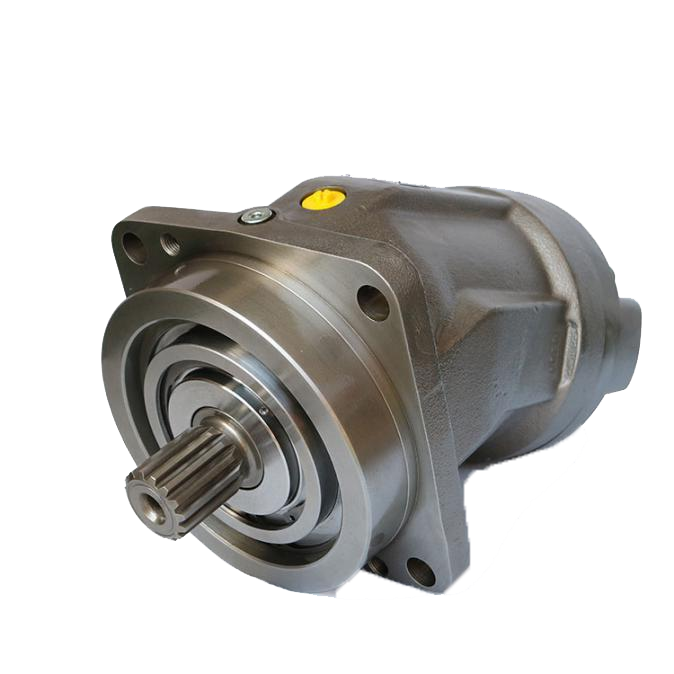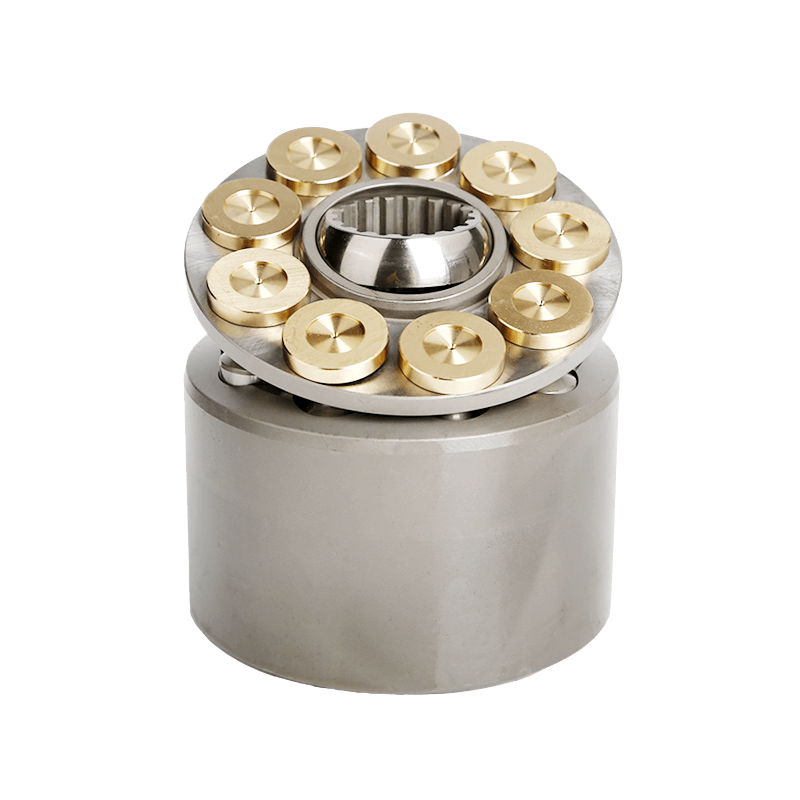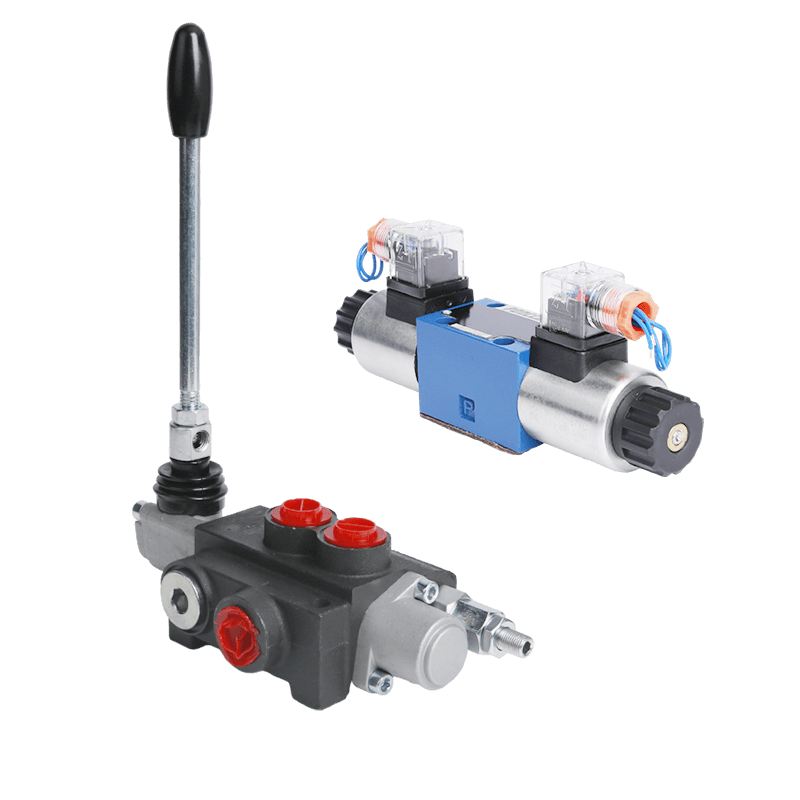内部的 齿轮泵 是在许多行业中使用的引人入胜的机器来移动流体。 如果您曾经想知道内部齿轮泵如何工作,则本指南将简单地将其分解。 从它们的基本组件到其应用程序,我们将探讨内部齿轮泵的工作原理以及它们如此可靠的原因。 让我们深入了解这些强大的设备。

什么是内部齿轮泵?
一个 内齿轮泵 是一种使用两个齿轮在外壳内组合在一起的齿轮的泵。 它称为旋转正位移泵,因为它会在每次旋转时捕获并移动固定量的流体。 这使其非常适合处理油或糖浆等浓稠的液体。 要了解内部齿轮泵的工作原理,我们首先需要了解其零件和类型。
定义和基本组件
内部齿轮泵的核心有两个主齿轮。 这些是转子和闲置器。 转子是较大的外齿轮。 惰轮是较小的内齿轮。 他们坐在坚韧的泵箱内。 在某些设计中,齿轮之间的齿轮形成新月形或密封。 它引导液体。 泵有进气口和出口孔。 液体进来并通过它们出去。 它还具有轴承和密封。 他们使事情顺利进行。

内部齿轮泵的构建和工作原理取决于这些部分的工作。 例如,转子转。 它移动闲置器。 齿轮的空间可以拉入并推出液体。 公司喜欢 POOCCA 提供自定义选项。 他们让人们挑选诸如不锈钢之类的材料来刺激性液体。 这样可以确保泵适合特定的需求。
内部齿轮泵的类型
内部齿轮泵具有两种基于齿轮形状的主要种类。 这些是渐进的和循环的。 倾斜的齿轮泵使用新月形分隔器。 它拆分了吸力和排放区域。 这有助于控制液体流量。 环形泵不需要此分隔器。 他们的齿轮在某一时刻碰到。 这使它们非常适合需要光滑,稳定流动的任务。
Poocca擅长制作两种。 他们有类似AZPF和ALP的系列。 这些是针对不同领域的。 了解这些类型有助于解释内部齿轮泵的工作过程。 这也表明了为什么某些设计适合某些工作。
内部齿轮泵的工作原理
内部齿轮泵的工作原理是关于使用旋转系统移动液体。 泵内的齿轮会产生真空。 这将液体吸入。 然后,他们将其压力推出。 让我们分解一下这种情况如何逐步发生。
旋转正位移机制
内部齿轮泵工作过程的核心是其旋转正位移系统。 齿轮旋转。 他们的牙齿在入口处移动。 这使真空吸收液体进入泵。 这是吸力阶段。 然后,齿轮再次啮合。 牙齿之间的空间变小。 这将液体用压力将液体推向出口。 这是放电阶段。
新月密封在远程泵中很重要。 它引导液体。 它还阻止它向后流。 这种平稳,稳定的过程使内部齿轮泵非常有效。

分步操作周期
为了使内部齿轮泵的构造和工作原理更清晰,让我们从操作周期中进行。 液体通过入口孔进入泵。 当转子和惰轮齿轮分开时,这种情况就会发生。 转子由电动机提供动力。 它旋转并转动惰轮朝着相同的方向转动。 齿轮旋转。 液体被困在齿轮齿和新月形分隔器之间的空间中。 齿轮的旋转将液体带到排放孔。 在那里,它留下了泵。
每个旋转都会重复此周期。 它确保稳定的液体流量。 这是一种简单但强大的方法,可以理解内部齿轮泵如何工作。
外部齿轮泵的关键差异
内部齿轮泵在某些方面与外部齿轮泵不同。 他们的设计较小。 泵内的齿轮网。 这使他们更安静。 它们少摇晃。 这意味着液体的流动更加平稳。 它们在处理沥青或胶等厚液体方面也更好。 这使他们成为某些领域的首选。
核心组件及其功能
为了充分了解内部齿轮泵的工作原理,我们需要查看其主要部件。 我们还需要看看他们的工作。 每个作品都有特定的工作。 这可以使泵运行良好。
转子和惰轮齿轮
转子是较大的外齿轮。 电动机驱动它。 它为泵提供动力。 惰轮是较小的内部装备。 它旋转在固定的销钉上。 转子驱动它。 这些齿轮共同使移动液体所需的吸力和压力。
新月形分区/Seal
在渐进式齿轮泵中,新月形分隔器是关键。 它位于转子和惰轮之间。 它拆分了吸力和排放区域。 这确保液体以正确的方式移动。 它还停止泄漏。
泵套管和轴承
泵外壳将所有东西固定在一起。 它通常是由铸铁或不锈钢等强大材料制成的。 这使其耐用。 轴承支撑齿轮。 他们减少摩擦和磨损。 Poocca为艰难条件提供自定义案例。 这些包括高热量或粗糙的液体。 这确保了持久的工作。
内部齿轮泵的优点和局限性

内齿轮泵有很多好处。 他们也有一些缺点。 了解这些有助于解释为什么他们被选为某些工作。
优势
一个很大的好处是他们处理厚液体的能力。 这些包括糖蜜,树脂或沥青。 他们也是自我宣传的。 这意味着他们可以在很少的设置中开始抽水。 它们的光滑流动和低噪声使它们非常适合确切的任务。 这些任务包括食物加工。 Poocca的齿轮泵具有更好的耐磨性。 它们在艰难条件下甚至持续更长的时间。
局限性和解决方案
随着时间的流逝,内部齿轮泵可以带有流动滑动。 这是由于磨损间隙而导致的液体泄漏的时候。 Poocca通过液压间隙设计来解决此问题。 这些保持效率很高。 泵也对大固体敏感。 这些会损害齿轮。 添加过滤器系统可以解决此问题。 它可以使泵运行良好。
跨行业的申请
内部齿轮泵在许多区域使用。 这是因为它们很灵活。 他们处理不同液体的能力使它们成为首选。
化学和石油
在化学和石油场中,这些泵可以移动溶剂和润滑剂。 他们还处理熔融硫。 他们管理苛刻的液体的力量和能力使它们变得完美。
食品和饮料
对于食品和饮料公司,内部齿轮泵可移动浓稠的液体。 其中包括巧克力,食用油和糖浆。 清洁设计可确保泵符合严格的健康规则。
汽车和制造
在汽车和制造业中,这些泵在液压系统中起作用。 它们还有助于润滑和燃油转移。 Poocca为汽车客户提供自定义解决方案。 这确保了可信赖的工作。
为什么选择POOCCA内部齿轮泵?
Poocca是内部齿轮泵的顶级提供者。 他们提供定制的解决方案和高质量产品。
定制服务
Poocca设计泵以满足特定需求。 这些包括独特的流速,压力或材料。 例如,它们提供用于处理酸的PTFE密封件。 他们还提供品牌选择。 这些包括自定义铭牌和包装。 这符合客户的愿望。
质量和可靠性
Poocca拥有超过20年的经验,使用了ISO认证的过程。 这确保了高质量。 他们的泵带有12个月的保修。 他们还提供全球技术支持。 这使客户安心。
结论
内部齿轮泵是高效,灵活的机器。 他们在许多领域都发挥了重要作用。 他们的智能设计可以很好地处理厚液体。 内部齿轮泵的工作原理使它们成为可信赖的选择。 对于食品加工,汽车或化学物质是正确的。 这些泵提供平稳,稳定的工作。
使用Poocca的精心制作的齿轮泵改善液体处理。 联系我们 今天,有一个适合您需求的自定义解决方案!

